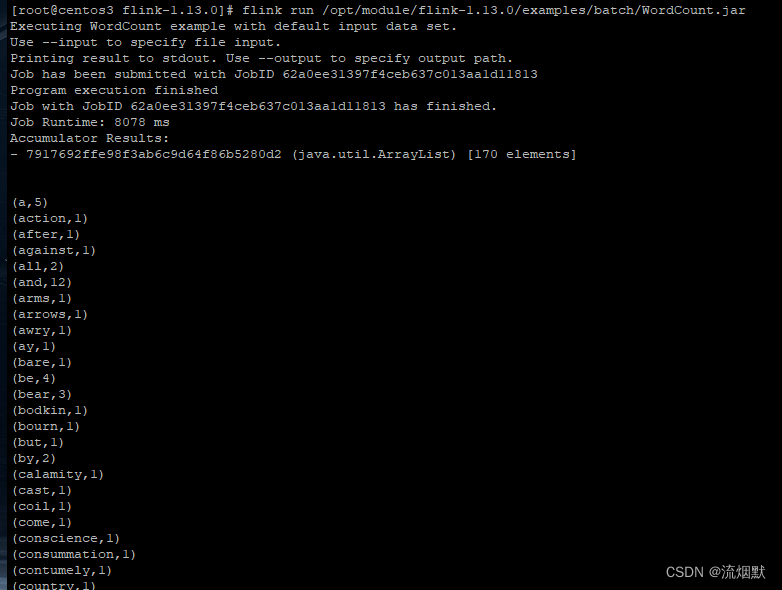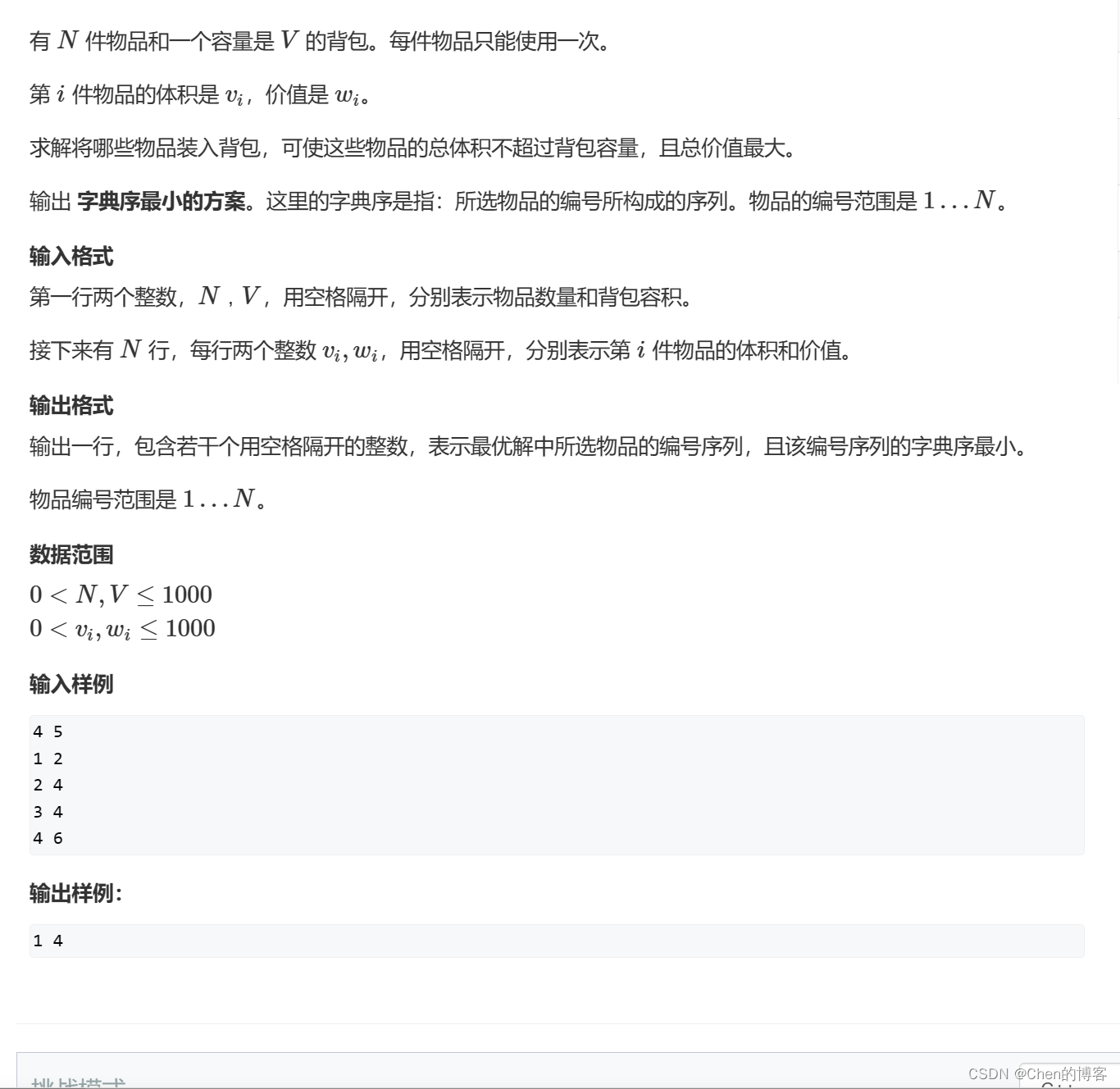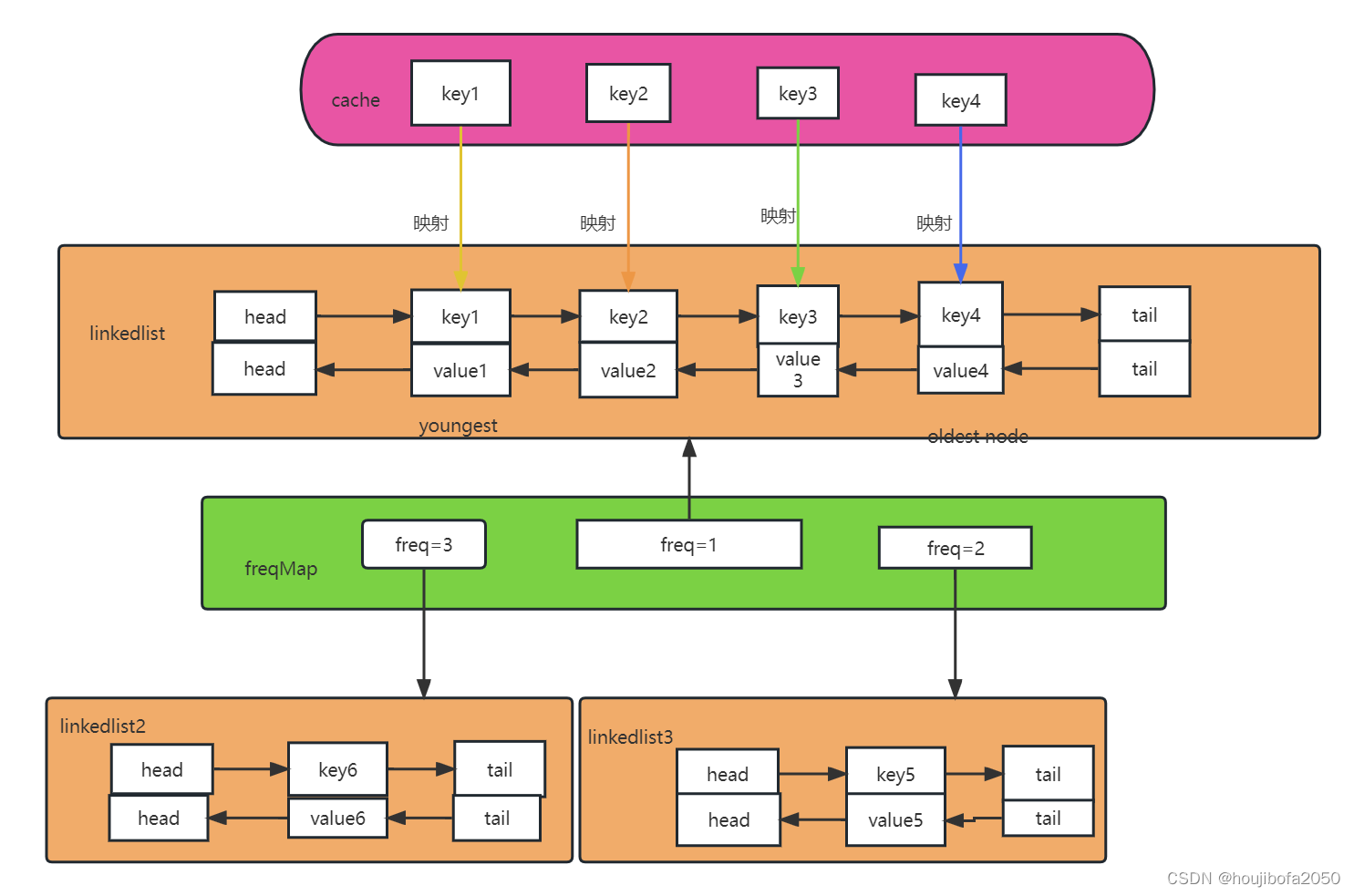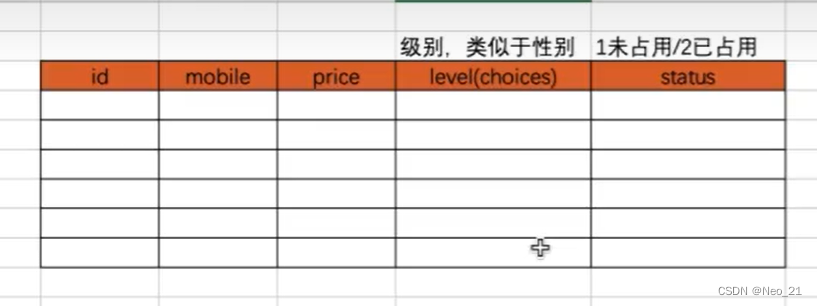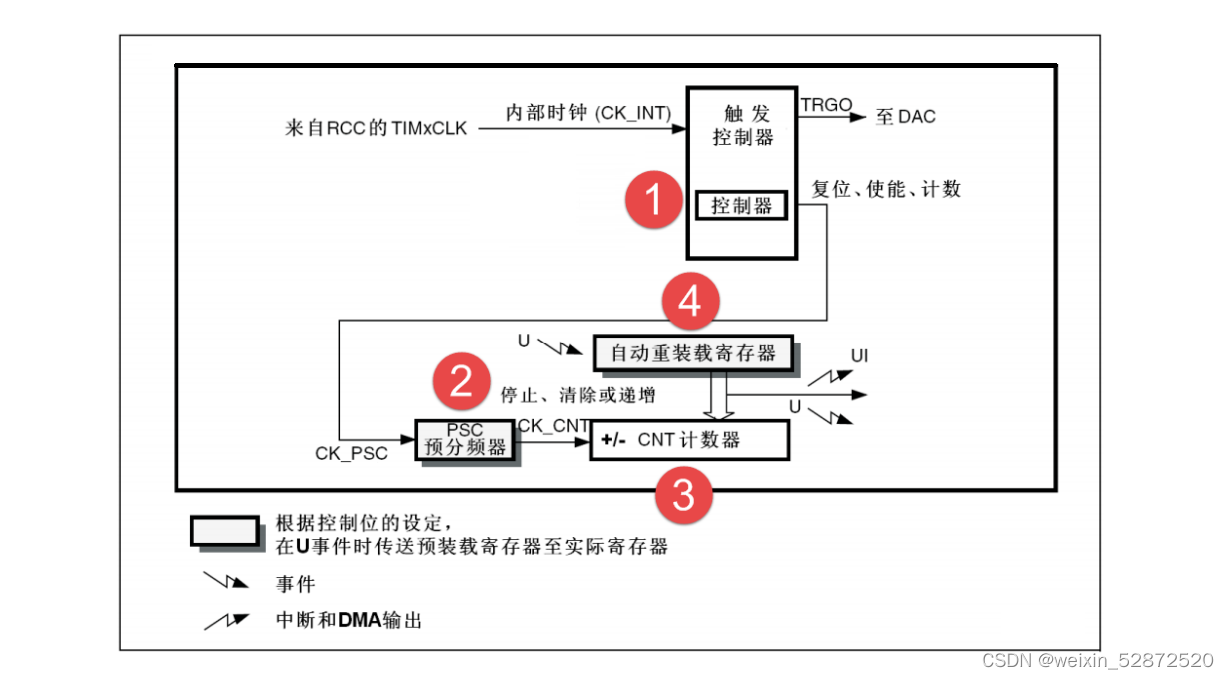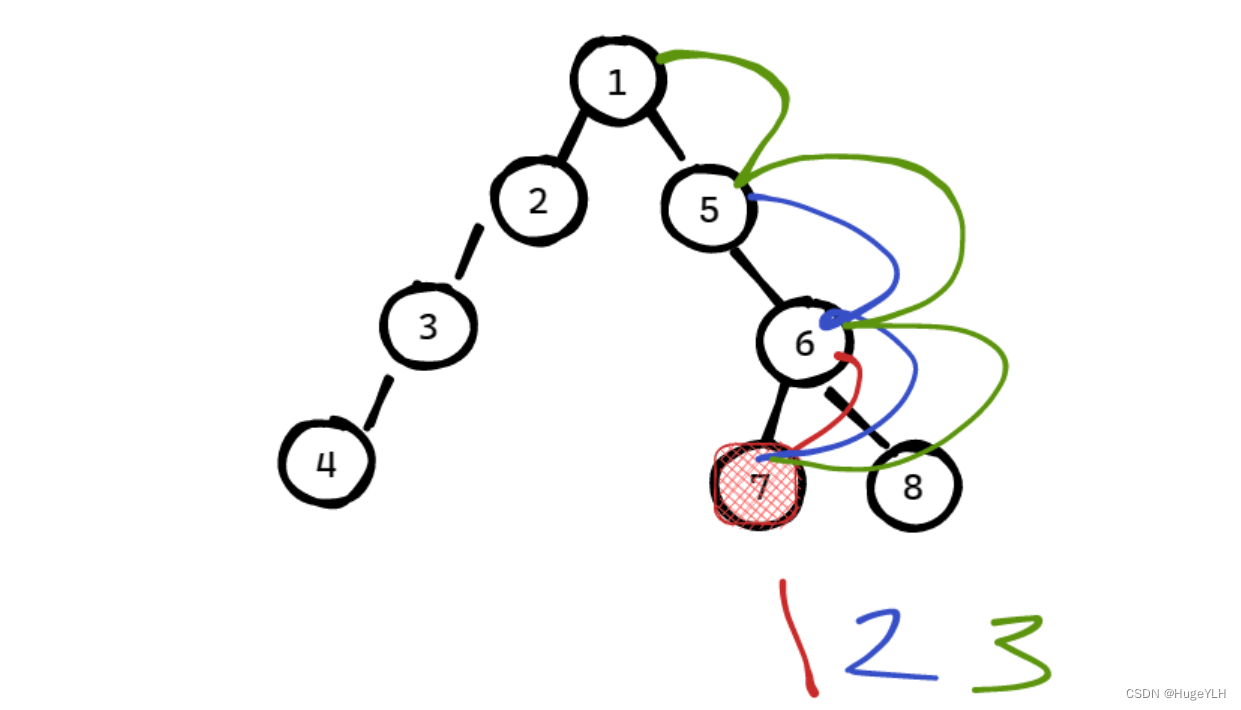目录
1.两数之和
2.两数相加
拓展到牛客的TOP101的BM11( 链表相加(二))
3.无重复的最长子串(牛客BM92)
解法1:
解法2:
4.寻找两个正序数组的中位数
5.最长回文子串
1.两数之和
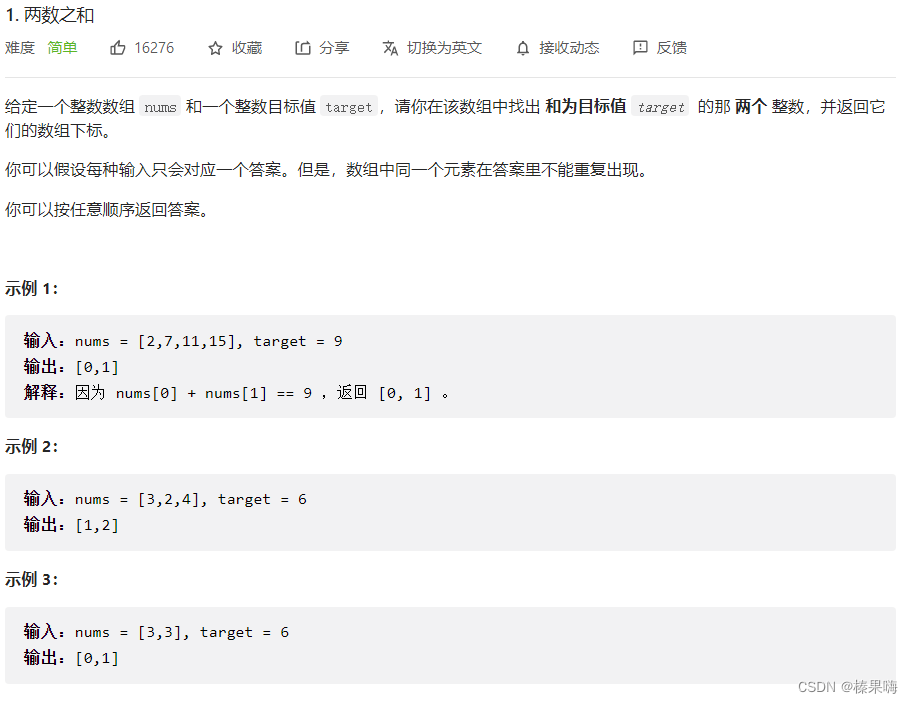
思路:用HashMap的containKey,key是具体数值,value是对应下标。如果包含了目标数字-当前数字的值,则返回key对应的value以及当前下标,否则将其加入到HashMap中,
代码:
public int[] twoSum(int[] nums, int target) {
//创建hashmap
HashMap<Integer,Integer> hashMap = new HashMap<>();
for (int i = 0; i < nums.length; i++) {
//是否包含
if (hashMap.containsKey(target-nums[i])){
return new int[] {hashMap.get(target-nums[i]),i};
}
//将其加入到HashMap中
hashMap.put(nums[i], i);
}
return new int[0];
}2.两数相加
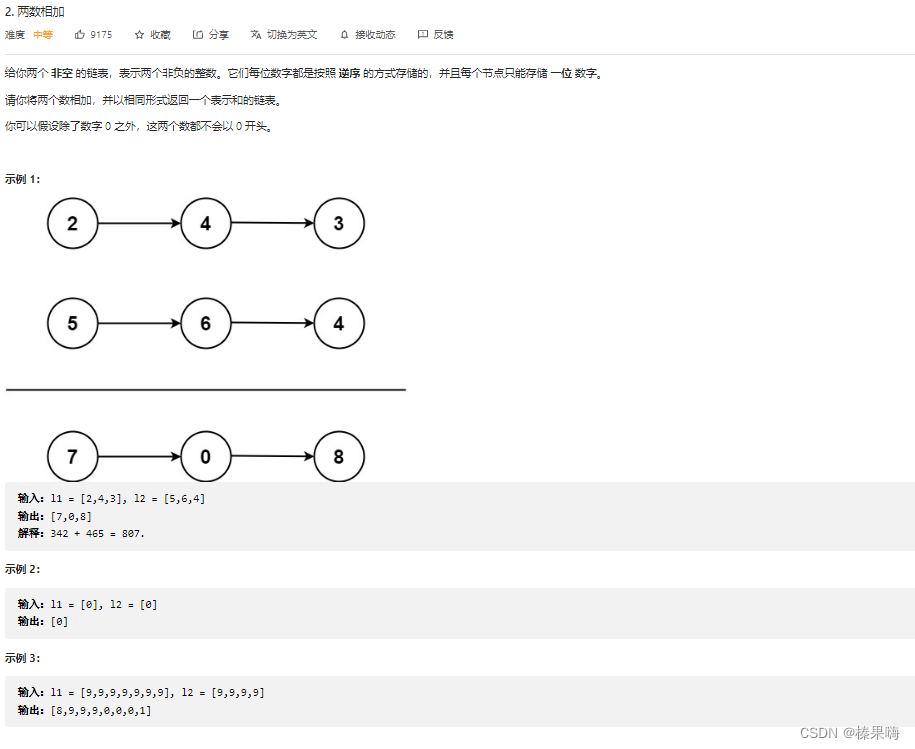
思路:链表第一个节点是个位,然后依次向后是百位,千位.....。因此,直接用链表从一个节点进行相加,获得新的值,存入新的链表中(尾插法),最终输出。
代码:
public ListNode addTwoNumbers(ListNode l1, ListNode l2) {
//新链表,有虚拟头节点
ListNode newHead = new ListNode(-1);
ListNode cur = newHead;
//进位
int temp = 0;
while (l1!=null || l2!=null){
int val = temp;
if (l1!=null){
val+=l1.val;
l1=l1.next;
}
if (l2!=null){
val+=l2.val;
l2=l2.next;
}
temp = val/10;
ListNode node = new ListNode(val%10);
//尾插法建立链表
cur.next=node;
cur = cur.next;
}
//判断最后一位
if (temp > 0){
ListNode node = new ListNode(temp);
cur.next= node;
}
//输出跳过虚拟头节点
return newHead.next;
}拓展到牛客的TOP101的BM11( 链表相加(二))

思路:可知,链表最后一个节点是个位,然后依次向前是百位,千位.....,我们相加都是先从个位加起,然后百位.....(中间要考虑进位),因此,采用栈的方式,利用栈的先进后出,获取链表尾部(个位),然后依次出栈相加,获得新的值,存入新的链表中(头插法),最终输出。
代码:
import java.util.*;
//链表类
public class ListNode {
int val;
ListNode next = null;
}
public class Solution {
/**
*
* @param head1 ListNode类
* @param head2 ListNode类
* @return ListNode类
*/
public ListNode addInList (ListNode head1, ListNode head2) {
// write code here
//特殊情况
if (head1 == null){
return head2;
}
if (head2 == null){
return head1;
}
//两个辅助栈
Stack<ListNode> s1 = new Stack<>();
Stack<ListNode> s2 = new Stack<>();
ListNode h1 = head1;
ListNode h2 = head2;
//两个链表依次入栈
while (h1!= null){
s1.push(h1);
h1 = h1.next;
}
while (h2 != null){
s2.push(h2);
h2 = h2.next;
}
//进位
int temp = 0;
//创建新链表,
ListNode newHead = null;
//当s1或s2不为空的时候
while (!s1.isEmpty() || !s2.isEmpty()){
int val = temp;
if (!s1.isEmpty()){
val += s1.pop().val;
}
if (!s2.isEmpty()){
val+=s2.pop().val;
}
//判断进位
temp = val/10;
//头插法,val%10是,如果存在进位的话,应该只取个位,比如说
//s1的值是7,s2的值是8,两者相加后,得15,因此,进位是1,而新节点的值是5
ListNode node = new ListNode(val%10);
node.next = newHead;
newHead = node;
}
//判断第一位
if (temp > 0){
ListNode node = new ListNode(temp);
node.next = newHead;
newHead = node;
}
return newHead;
}
}3.无重复的最长子串(牛客BM92)

解法1:
思路:我们使用两个指针,一个i一个j,最开始的时候i和j指向第一个元素,然后i往后移,把扫描过的元素都放到HashMap中,如果i扫描过的元素没有重复的就一直往后移,顺便记录一下最大值max,如果i扫描过的元素有重复的,就改变j的位置。我们就以p w w k e w,(图源自牛客大佬)

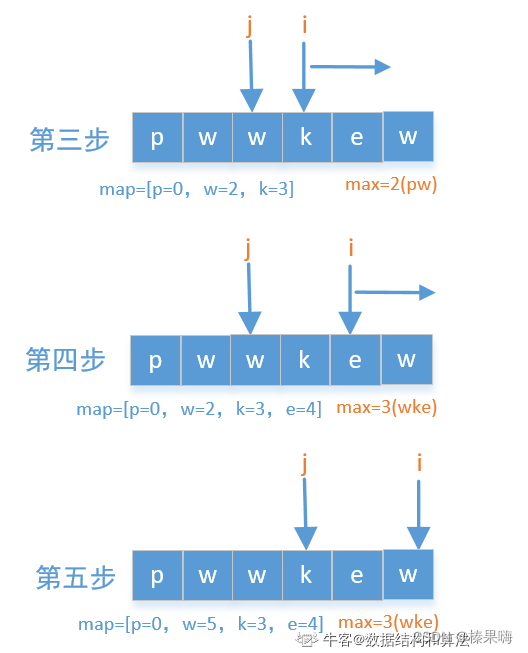
代码:
public int lengthOfLongestSubstring(String s) {
// write code here
if (s==null)
return 0;
int length = s.length();
int max = 0;
//hashmap
HashMap<Character,Integer> hp = new HashMap<>();
for (int i = 0,j = 0; i < length; i++) {
if (hp.containsKey(s.charAt(i))){
j = Math.max(j,hp.get(s.charAt(i))+1);
}
hp.put(s.charAt(i),i);
max = Math.max(max,i-j+1);
}
return max;
}解法2:
用一个队列(Queue),把元素不停的加入到队列中,如果有相同的元素,就把队首的元素移除,这样我们就可以保证队列中永远都没有重复的元素,记录队列的最大长度。

代码:
public int lengthOfLongestSubstring(String s) {
// write code here
if (s==null)
return 0;
int length = s.length();
int max = 0;
//创建队列
Queue<Character> queue = new LinkedList<>();
for (int i = 0; i < length; i++) {
while (queue.contains(s.charAt(i)))
//移除队首元素
queue.poll();
queue.add(s.charAt(i));
max = Math.max(max,queue.size());
}
return max;
}4.寻找两个正序数组的中位数
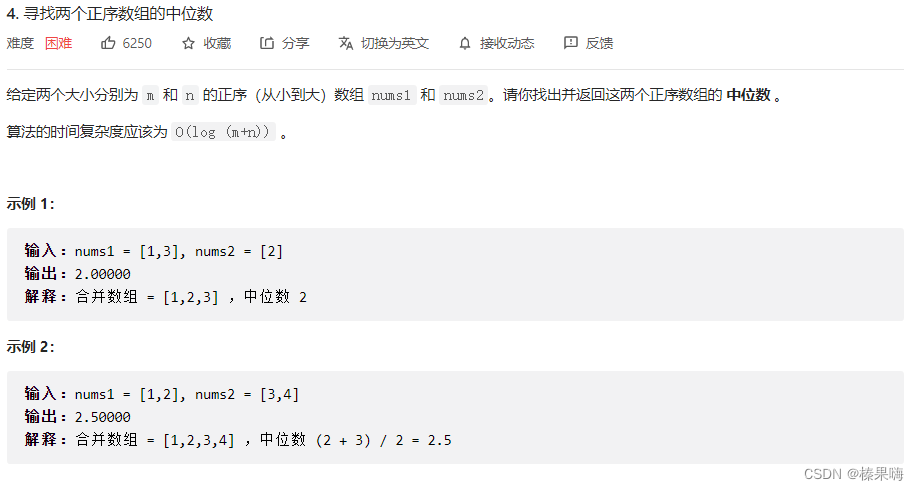 思路:由于是困难题,故先放弃最优解法,先给出一个笨方法,即将两个数组合并,然后输出合并数组的中位数。(后续如果有多余的时间刷困难题,会进行完善)
思路:由于是困难题,故先放弃最优解法,先给出一个笨方法,即将两个数组合并,然后输出合并数组的中位数。(后续如果有多余的时间刷困难题,会进行完善)
代码:
public double findMedianSortedArrays(int[] nums1, int[] nums2) {
//第一种方法:先将两个数组合并,然后排序,找到中位数。
//创建arraylist,存储数组数据
ArrayList<Integer> list = new ArrayList<>();
//添加第一个数组
for (int i = 0; i < nums1.length; i++) {
list.add(nums1[i]);
}
//添加第二个数组
for (int i = 0; i < nums2.length; i++) {
list.add(nums2[i]);
}
//排序
Collections.sort(list);
//转化为数组
Integer[] num = list.toArray(new Integer[(list.size())]);
//寻找中位数
if (num.length %2 == 0){
return (num[num.length/2]+num[num.length/2-1])/2.0;
}else {
return num[num.length/2];
}
}5.最长回文子串

思路:动态规划(参考官方)
动态规划的步骤:
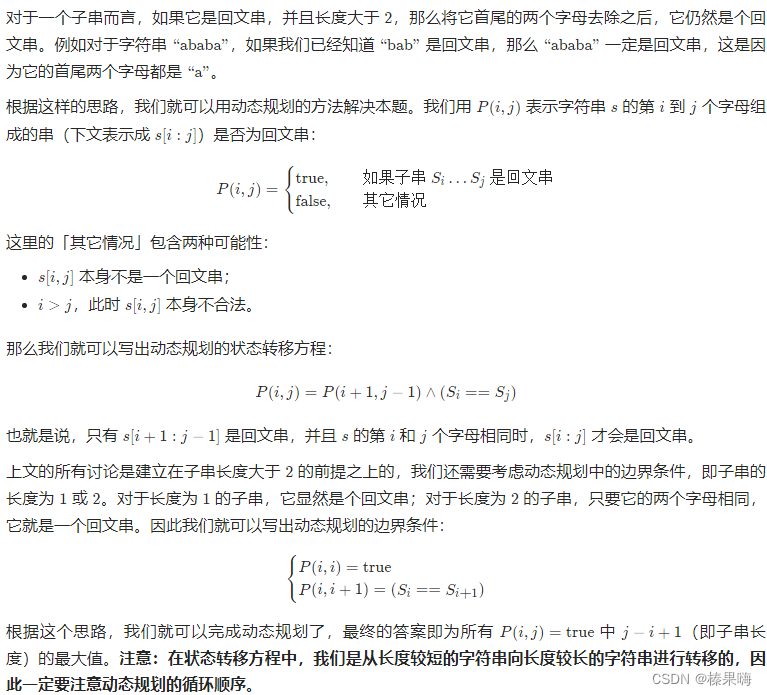
代码:
public static String longestPalindrome(String s) {
int len = s.length();
//如果字符串长度小于2,直接返回
if (len < 2)
return s;
int max = 1;
//起始位置
int begin = 0;
// dp[i][j] 表示 s[i..j] 是否是回文串
boolean[][] dp = new boolean[len][len];
//所有长度为1的子串一定是回文串
for (int i = 0; i < len; i++) {
dp[i][i] = true;
}
//将字符串转化为char数组
char[] chars = s.toCharArray();
//开始递推
//L为子串的长度,从2开始枚举,因为子串长为1的已经为true
for (int L = 2; L <= len; L++) {
//枚举左边界
for (int i = 0; i < len; i++) {
//右边界j = L+i-1;
int j = L+i-1;
//右边界越界则退出当前循环
if (j >= len)
break;
//判断字符是否相等
if (chars[i]!=chars[j]){
dp[i][j] = false;
}else {
//如果子串长度<=2,即j-i<1
if (j-i<=1)
dp[i][j]=true;
else
dp[i][j]=dp[i+1][j-1];
}
//只要 dp[i][L] == true 成立,就表示子串 s[i..L] 是回文,此时记录回文长度和起始位置
if (dp[i][j] && j-i+1 > max){
max = j-i+1;
begin = i;
}
}
}
return s.substring(begin,begin+max);
}